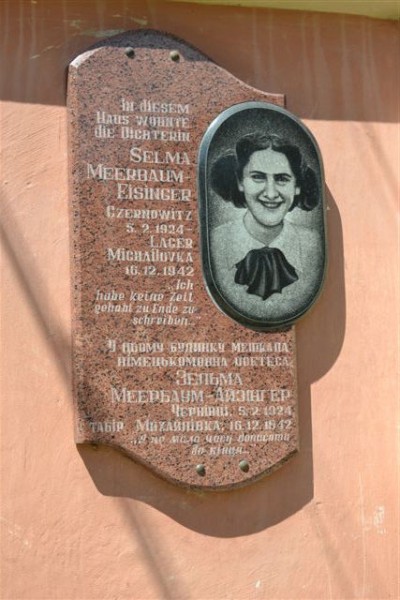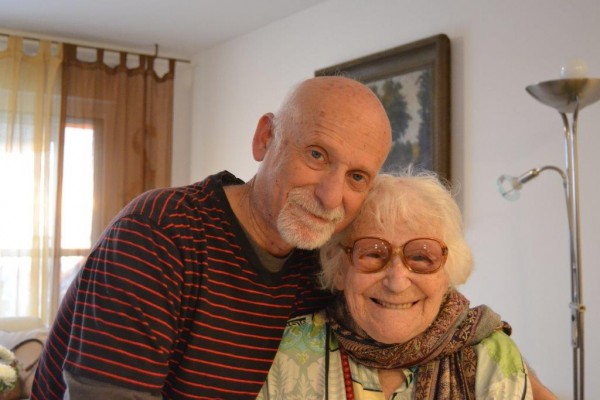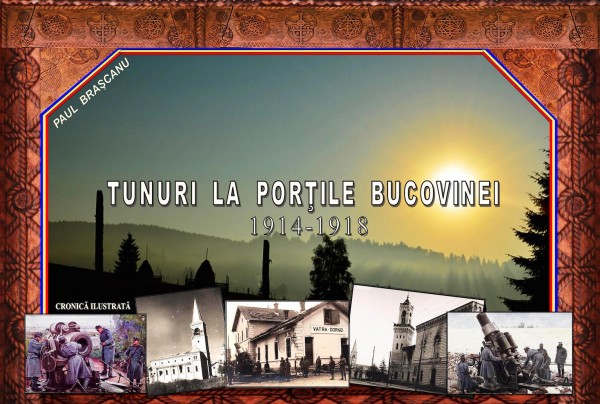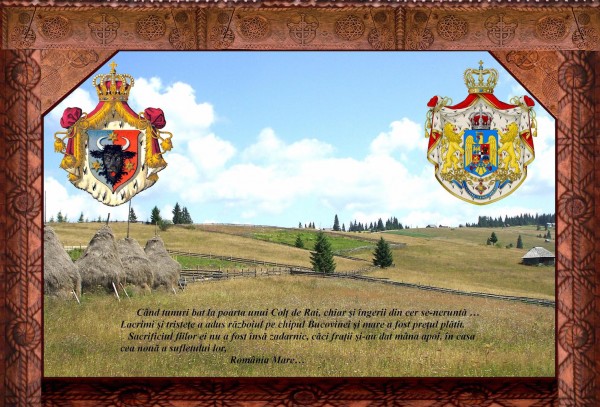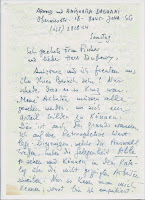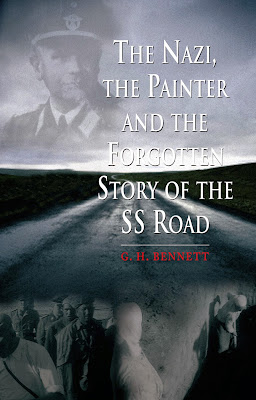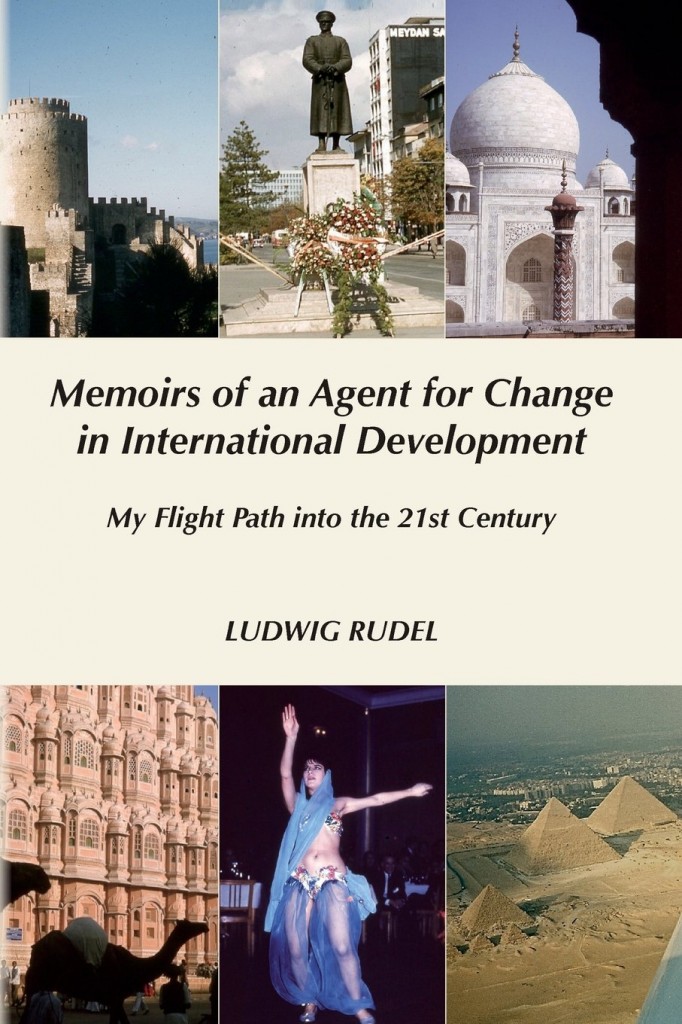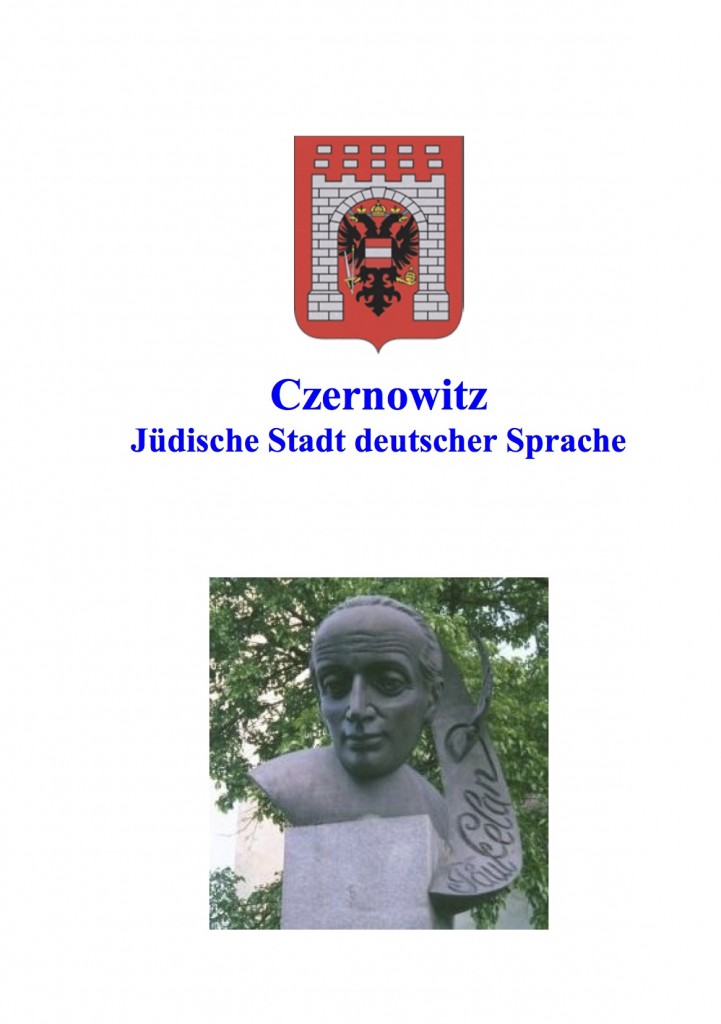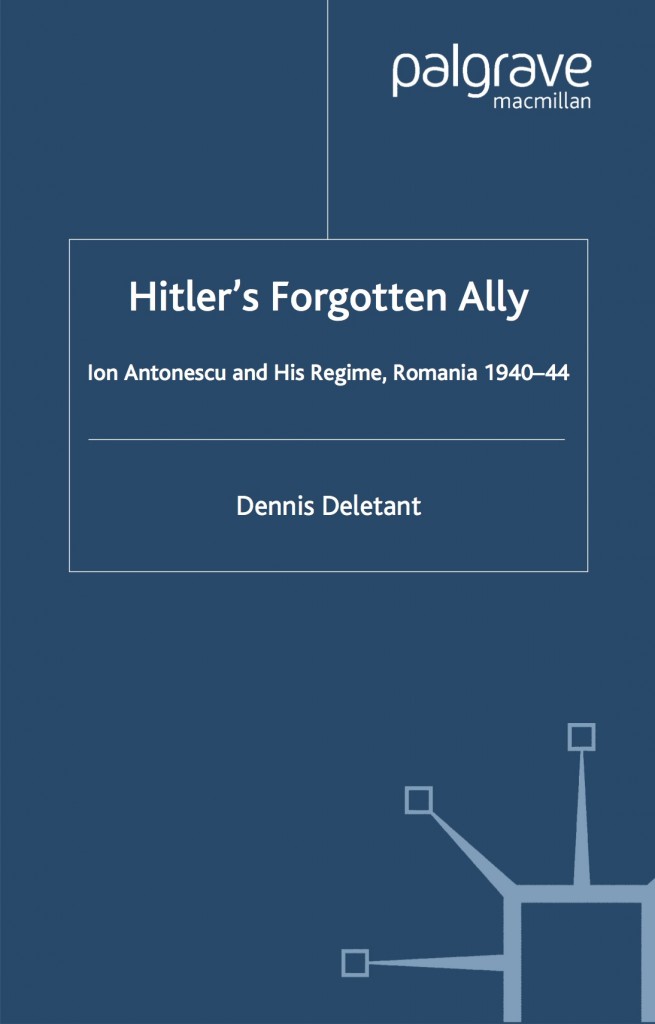
Gabriele Weissmann: On Monday night the reading for Marion Tauschwitz’s new book “Selma Merbaum – Ich habe keine Zeit gehabt zuende zu schreiben” [I had no time to finish writing] took place at Berlin’s big book-store, Dussmann. Organized as a dialogue between Marion Tauschwitz and the well-known (and beautiful actress) Iris Berben, introduced by the publisher. The room was packed, and the interest great. Selma’s poems are already quite well-known in Germany and often read in schools. They both read from the book, Marion Tauschwitz also giving a general view of her search for Selma’s background and Iris Berben spoke of her love for the poems. She was deeply impressed when she read them in Czernowitz, in the Chessed Shoshana hall, with Prof. Rychlo interpreting. Berben then read “Poem”, in a personal, very moving manner, in which Selma’s yearning for love, for life, her sensibility, her premonitions, are so well formulated. At the end Iris Berben read part of her well-written introduction. Tauschwitz’ book is an insider’s view of Selma’s life and writing, with very accurate research into the family history. She has searched family records, read intensively documentation and literature on the subject, interviewed persons in Europe and Israel, has corrected irregularities including Selma’s correct name. She describes Selma’s strong personality against the background of the social, cultural and political influences on the young girl’s spiritual development. Her sensitive poetry, her hunger for life, her political views and her sight of the tragic events which took place in the last years of her life. The tragedy of the concentration camps… Selma, through Marion Tauschwitz’s book has become alive again. Her poems are world literature. A lot of applause at the end, and people literally rushed with the books for signature.

Marion Tauschwitz and Iris berben at Kulturkaufkaus Dussmann, Berlin, on 29.09.2014
Ein Radiobeitrag der ARD-Kulturkorrespondentin Maria Ossowski,
auf amazon die ersten Leserstimmen,
sensibel die Einschätzung auf haGalil von Ramona Ambs,
auch ein Literaturblogger hat Selma Merbaums Biografie schon gelesen,
und auch avivia – online magazin hat genau gelesen,
weiterhin eine Rezension von Christel Wollmann-Fiedler.
Read more on Marion’s (litera)tour guide for October/November 2014 at:
http://www.marion-tauschwitz.de/lesetermine/
